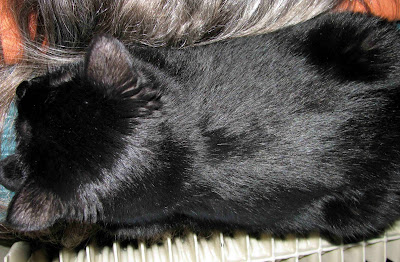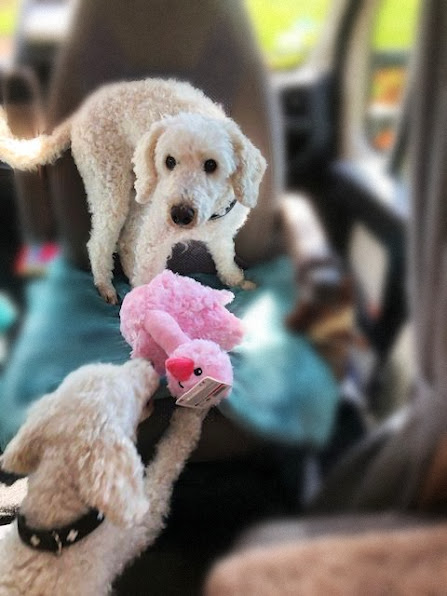For today's Summer of Angela (Lansbury) movie Lisa from Boondock Ramblings chose "Please Murder Me!" from 1956.
Here is Lisa's post.
 |
| Public domain via Wikimedia Commons |
Here's the plot (with spoilers).
Defense lawyer Craig Carlson buys a pistol at a pawn shop leaving it in his office desk with a file. Then he records a message saying that he will be dead in exactly 55 minutes and telling a story ...
It starts with Craig telling his best friend Joe that his wife Myra wants a divorce. The man she's in love with is Craig. Joe says he will need some time to think.
A few days later, Joe gives his business partner Lou a letter to mail, then calls Myra to tell her he wants to discuss something with her at home.
When he comes home, he confronts Myra, closes the door, and there's a gunshot.
Myra claims Joe attacked her and she shot him in self-defense.
In court, prosecution argues Myra killed Joe in cold blood because she wanted his life insurance, not because he attacked her for her wanting a divorce.
In his closing argument, Craig reveals that he's the man Myra is in love with, and the jury finds her not guilty.
Lou arrives at their celebration party and gives Craig the letter he forgot to mail. In the letter, Joe tells him that Myra had married him for the money and that she had been in love with artist Carl Holt all the time.
Craig, seeing everything in ruins for him anyway, decides to save Carl from Myra and make her pay for it all by having her murder him.
He sets up an appointment with her at his office. He keeps the tape running and hides the microphone before letting her in. Then he shows her the file and puts the gun on the desk. When he threatens to call Carl, she shoots him and tries to make it look like a suicide.
Craig had also made an appointment with Willis, the district attorney, though, shortly after the one with Myra. Myra tells Willis that Craig shot himself, but Willis plays the recording and she knows the game is over.
It's not hard to categorize this as a B movie.
Everything is quite simple including the sets, but the film is still pretty easy to watch, especially since the runtime is only about 75 minutes.
Practically every review I browsed mentioned this movie obviously being a test run for Raymond Burr's role as Perry Mason, and that's no surprise if you look at the court scene.
Mason's closing arguments usually convince me more, though.
The plot really has its moments, but I just can't believe a jury or court would go for a sudden "oh, by the way, I'm the new man, so the prosecution's money argument doesn't count" - in the closing argument! I couldn't help but finding that very weak.
While I found the plot twist rather interesting, I thought Craig's decision to sacrifice himself in order to save Carl from the "disease" that Myra was (according to Joe's letter) was a little over the top. Okay, a lot over the top.
So his heart was broken over the loss of the woman he loved - that should heal quickly knowing what kind of woman she was - and broken over the loss of his friend - I get that, but he didn't plot to kill him - but he was certainly not the first lawyer who got duped into believing in a client's innocence. Not good for the career maybe, but definitely not its death penalty.
Burr played it with conviction, though.
I think Lansbury could have put a bit more passion in her femme fatale and I wonder if that was a decision of hers or the director, but it was nice to see her in such a different kind of role than probably most of us are used to.
The plot idea was intriguing, but with some more money I think they could have made more out of it, for example come up with a better reason for Craig to give up his life.
Nevertheless, it was fascinating to see Burr and Lansbury in this film noir.



























